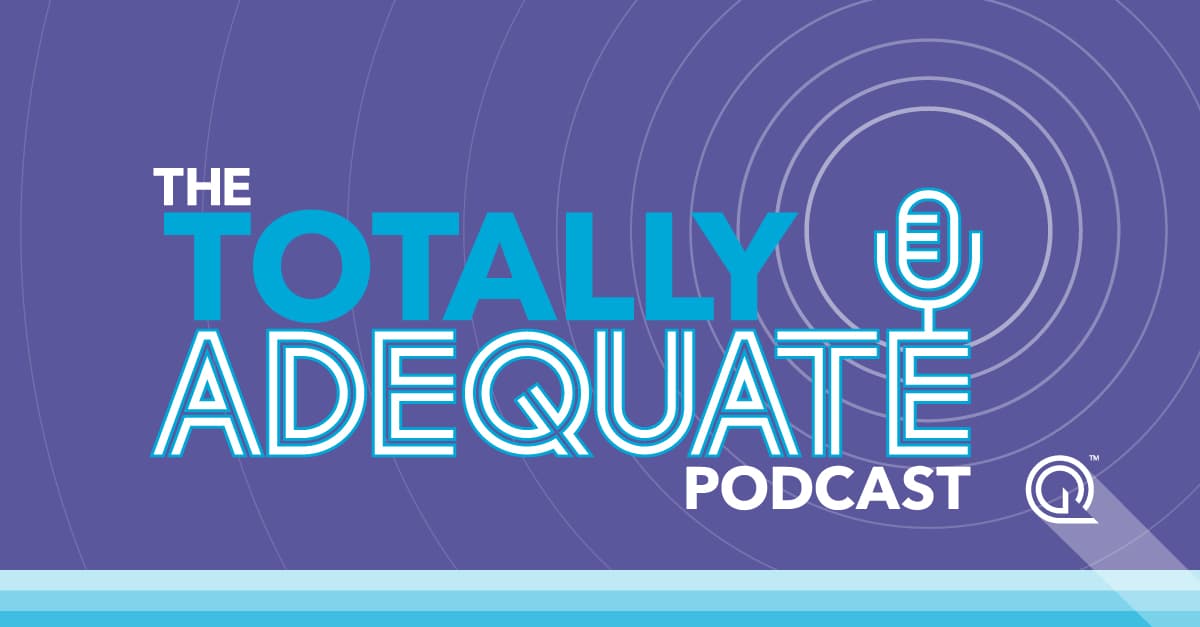Your provider network is your greatest strength, but a network with inaccurate data or ghost providers isn’t very efficient. Whether you’re fine-tuning your data for a Triennial Network Adequacy Review, or just want to avoid compliance issues throughout the year, we’re sharing eight tips to turn heads with your impressive compliance skills.
New Era of CMS Compliance
More Provider Data Accuracy and Network Adequacy Requirements
Medicare Advantage Organizations (MAOs) are no strangers to the rigorous demands for provider data accuracy and network adequacy. As policies change, the frequency and depth of data audits have increased. For instance, the Triennial Network Adequacy Review extends beyond the conventional 3-year triennial network adequacy review. Initial or service area expansion contracts may be subject to an audit in their first year of operation.
Another example is CMS Corrective Action Plans which have shown a keen eye on the adherence to new provider data rules introduced last year. This move underlines just how crucial compliance is. It’s a clear testament to the CMS’s efforts to ensure that MAOs truly live up to these compliance standards.
How to Prepare Your CMS HSD Table For An Audit
Keep Your Eye on Excessive Provider Locations
You’ve heard it before: Location, location, location! But we’re not talking about houses, we’re talking about the provider addresses listed in your HSD Tables, and what you can do to prepare for your next CMS audit.
Paula Partin, Senior Director of QES Adequacy, reminds you that to be ready for an audit, you need to know which providers are listed in your data at an excessive number of locations—and you need to know sooner rather than later. By doing so, you give yourself more time to make any necessary changes to your data or provider network.
8 Data Management Tips For Compliant HSD Tables
Moving from triennial to annual audits places significantly more responsibility on MAOs to continually monitor provider data and proactively rectify discrepancies before the CMS intervenes. Changes in provider information, contract alterations, and specialty gaps can draw the attention of not only regulators but also members. Here are eight tips for ensuring that data in HSD tables is accurate, compliant, and well-prepared for audits.
1. Synchronize Provider Directories and HSD Tables
Ensure that your provider directories are always aligned with your HSD Tables. It’s crucial to regularly compare and correct the data to maintain both accuracy and compliance with CMS regulations.
2. Verify Address Consistency
Before submitting your HSD Tables, cross-verify the addresses with those in your provider directories. Any discrepancies, particularly incorrect NPI and location pairings, must be corrected to ensure data integrity.
3. Limit Provider Listings to 10
Consider setting a cap on the number of locations at which each provider is listed, ideally between 5 to 10. This practice is in response to CMS’s scrutiny of providers with excessive listings, although specific guidelines may vary.
👉 Did You Know? Quest Analytics can help you during these times! Discover how we can assist you with provider data accuracy and network adequacy compliance.
4. Include Only Viable Locations
In your HSD Tables, list only those provider locations where members can feasibly schedule appointments. Providers who serve as substitutes or are not permanently stationed at a location should not be included.
5. Confirm Facility Specialty Locations
Verify and list only those facilities that are present and accessible to individuals within your service area, ensuring that your data matches the actual services offered.
6. Distinguish Between Individual and Organizational NPIs
Reflect accurate provider information by listing only individual National Provider Identifiers (NPIs) on your HSD Tables, not organizational NPIs.
7. Ensure NPI Validity and Compliance
All NPIs listed must be valid, recently attested, and checked against the Office of Inspector General (OIG) exclusions database.
8. Evaluate Network Post Adjustments
Following the removal of providers with unwarranted multiple locations, reassess your network for any potential service gaps. Promptly address these gaps to maintain network adequacy and adhere to CMS expectations for accurate HSD Tables.
Building Trust with Quality Data Audits
Regular provider data audits are a chance to ensure that your network consistently meets and even surpasses expectations. By detecting changes early, you can make the necessary adjustments to improve the quality of the network, remove irrelevant providers, and update your directory. When you take these steps, you have a better chance to win the hearts of your members and build their confidence in your insurance plan-leading to higher retention rates and more success for you.
Discover how Quest Enterprise ServicesTM can support you in maintaining continual review readiness and compliance. Schedule a consultation with one of our network specialists today to learn more.
More On Provider Data Accuracy and Network Adequacy
Proven Solutions for Your Provider Network Management
Looking to simplify your workload? Let Quest Analytics take on the heavy lifting! Our solutions and dedicated team specialize in provider data accuracy and provider network adequacy for various lines of businesses, including Medicare Advantage, Medicaid and Commercial. Schedule a strategy session today and see how we can help you every step of the way.













